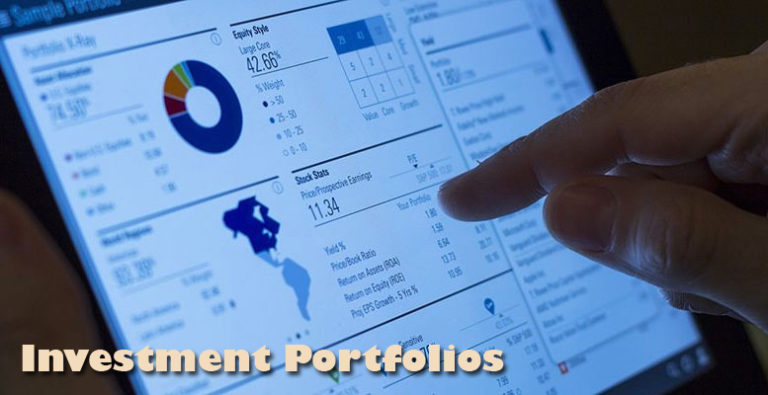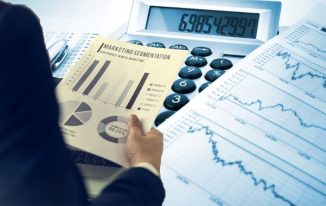Investing in commodities such as precious metals are increasingly coming back into focus, especially since electric car production is on the rise. However, investors question, is this a smart investment? Experts say the quest for greener vehicles is driving the growth for metals.
Most people think of gold, silver and possibly oil when it comes to investing their money in commodities. However, experts in financial services firm located in New York, NY says many other raw materials are needed in today’s various industries, like automotive production, which means that it can also be worth investing in several raw materials.

An Evolving Automotive Industry Looks Greener
With the slow transition from the internal combustion engine era to the next generation of electric automobiles, there is a significant impact on the precious metals industry. Because of these futuristic electric cars, there is a need for nickel, cobalt and lithium, and even copper.
Take Lithium for example; it transfers heat, purifies the air, works as an additive for military rocket propellants and is used in medicine to stabilize mood. But above all it is the key component of lithium-ion batteries, the batteries of the future.
For vehicles to be able to run on electricity, rather than gasoline, they need to be able to store enough energy to power vehicles for hundreds of miles. To meet these needs, advanced batteries are made of lithium.
Global revenues from lithium-ion battery sales are expected to have a compound annual growth rate of 43.1 percent, reaching 36.5 billion in 2020. It is also expected that sales of light electric vehicles will grow to 6.4 million in 2023. An average electric vehicle uses about 5,000 times more lithium than a mobile phone, while those of high level, like the Tesla Model S, can consume twice that amount. Therefore, the growth of the electric car market will have a significant impact on lithium demand.
In 2015, lithium consumption from car production was 15,000 tons and in 2025 it is estimated at 136,000 tons. It is interesting to note that lithium accounts for only 3 percent of the total cost of a lithium-ion battery. This means that, due to its limited impact on the price of a battery, battery prices could increase as production efficiency increases. The Lithium Price Index has grown by 28 percent since the beginning of 2017, by 132 percent since the beginning of 2016.
Investing in The Precious Metals Industry
To invest in lithium, it is better to rely on diversified products, such as funds and ETFs. Funds like the Global X Lithium and Battery Tech ETF, and ETFS Battery Value-Chain provides exposure to companies active in the storage of electrochemical energy and various mining companies that produce the different metals that are being used to develop batteries. Not only is diversifying your investment portfolio a smart move, but financial analysts agree that adding precious metals now is a good move, especially at the rate of consumption for the coming years.













